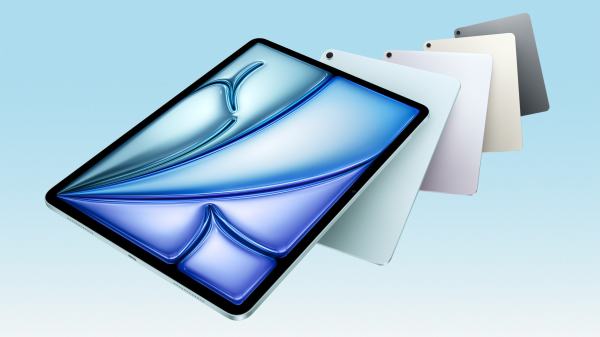Both are brand-new, and both arrive on customers’ doorsteps and on retail shelves on Wednesday, March 12. Can these two sibling tablets coexist, or is one destined to blot out the other’s brilliance like a rectangular moon would blot out the sun?
Am I going to make you read all the way to the end to find out? You bet. Am I going to stop talking entirely in questions? Who knows.
looks are skin deep
Take a cursory look and you’ll find a lot is similar. Both the 11″ iPad Air M3 and 11th-generation iPad share an 11″ Liquid Retina display with True Tone to make images on-screen appear more natural in whichever ambient lighting your iPad happens to be.
These LED-backlit IPS panels share a 2360‑by‑1640 resolution at 264 ppi (pixels per inch) with a maximum brightness of 500 nits. Dig deeper and you’ll find a few distinguishing features that reaffirm that the Air M3 is the top dog.
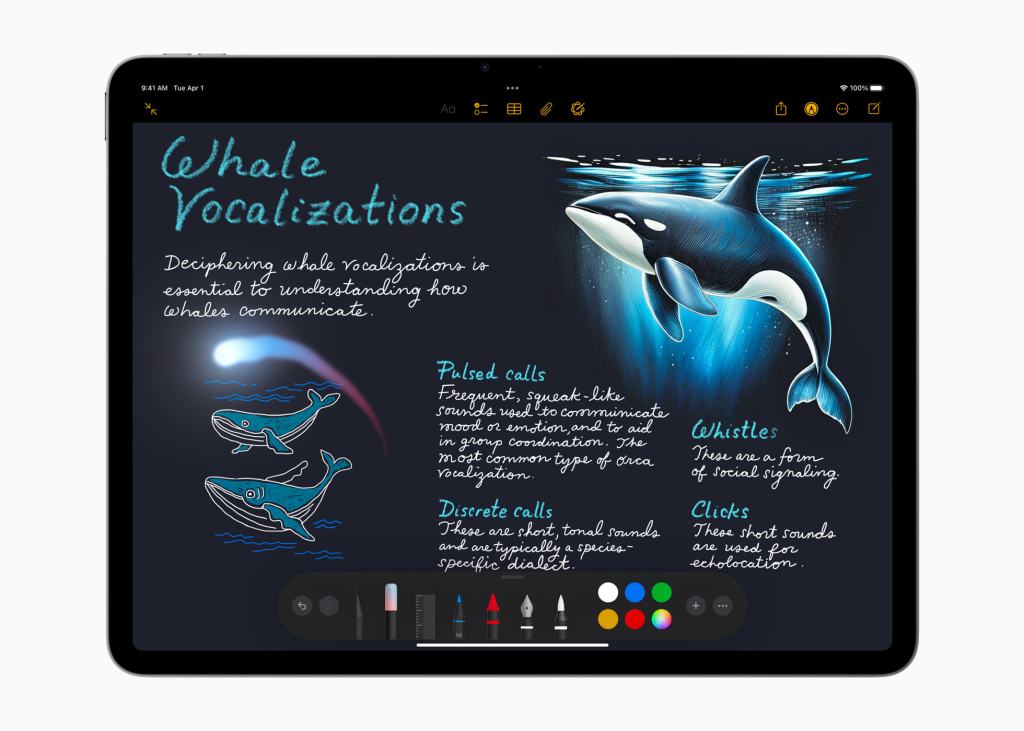
The Air M3 has a P3 wide color for a greater range of colors and deeper blacks than the sRGB panel of the 11th-gen iPad. The former also features an anti-reflective coating to help reduce glare under bright lights (like the sun, the brightest light of all, for example).
As for storage space, the two tablets’ standard 128GB solid state drives (SSD) aren’t roomy, but you can pay extra for a 256GB or 512GB SSD on either model. The Air M3 will even let you upgrade to a spacious 1TB SSD. Just prepare yourself mentally to drop $500 extra for the 1TB option.
the little similarities
Starting out with a light touch, only the $999 iPad Pro comes with Face ID, so you’re stuck with Touch ID on both the iPad Air M3 and 11th-gen iPad. It’s not a bad system. Apple’s had 12 years to perfect Touch ID, and it works nicely with a fingerprint sensor built into the power button on the edge of each iPad.
The Lightning cable is dead, so let it rest in peace. The two tablets recharge via their USB-C ports. Not only that, they have identical battery life at up to 10 hours of “surfing the web on Wi-Fi or watching video” or up to nine hours “surfing the web using cellular data network.”
Don’t expect much from the built-in audio, but they both come with stereo speakers and dual microphones. And despite “Air” being part of one iPad’s name, the 11″ Air M3 and 11th-gen iPad are nearly identical in terms of dimensions and weight.

nearly the same cameras
Optically, both iPads’ rear-facing cameras are the same, and their front-facing cameras are closely matched, too. Starting with the rear, there’s a 12-megapixel, wide-angle camera with an f/1.8 aperture, 5x digital zoom, and Smart HDR 4. Neither tablet is going to win any awards for their photography hardware, but they’re adequate.
Each one’s rear-facing camera can record 4K video at 24, 25, 30, or 60 frames per second (fps), can zoom digitally up to 3x, and feature both 120/240 fps slow-motion video and time-lapse video.
On the opposite side, each has a 12-megapixel front-facing camera that’ll zoom out up to 2x, include Smart HDR 4 (for photos), and record 1080p video at 25, 30, or 60 fps. Where they differ is that the Air M3 has an f/2.0 aperture and the 11th-gen iPad an f/2.4 aperture, and the Air M3 features True Tone.
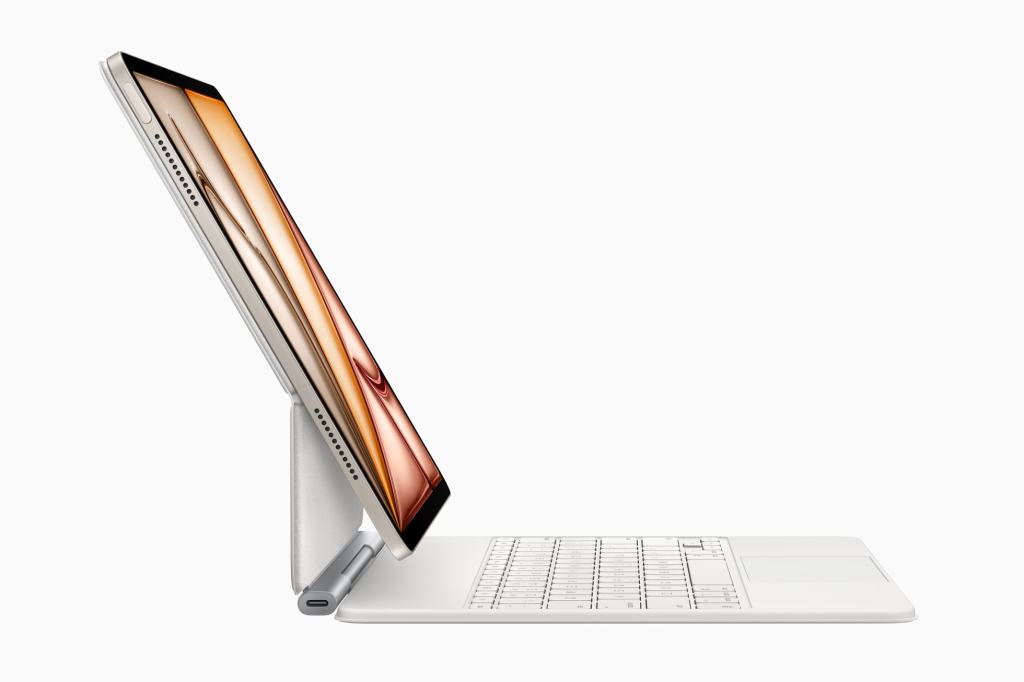
different chips, different capabilities
You might’ve guessed, but Apple is so proud of their in-house M3 chip that they stuck it right in the name of the iPad Air M3. Not proud enough, apparently, for Apple to grant the Air its newest M4 chip, but no matter.
The M3 chip is a marked step up in price from the A16 chip of the 11th-gen iPad. Both are Apple-designed silicon, but the A16 is a smartphone chip that was featured in the iPhone 14 Pro and 14 Pro Max, and the iPhone 15 and 15 Plus.
Meanwhile, Apple’s M3 chip has been playing in the big leagues as the base-level processor for the 2023 MacBook Pro M3 and 2024 MacBook Air M3. The Macs may have moved on to the M4, but as a computer chip it’s simply more powerful and faster than the A16.
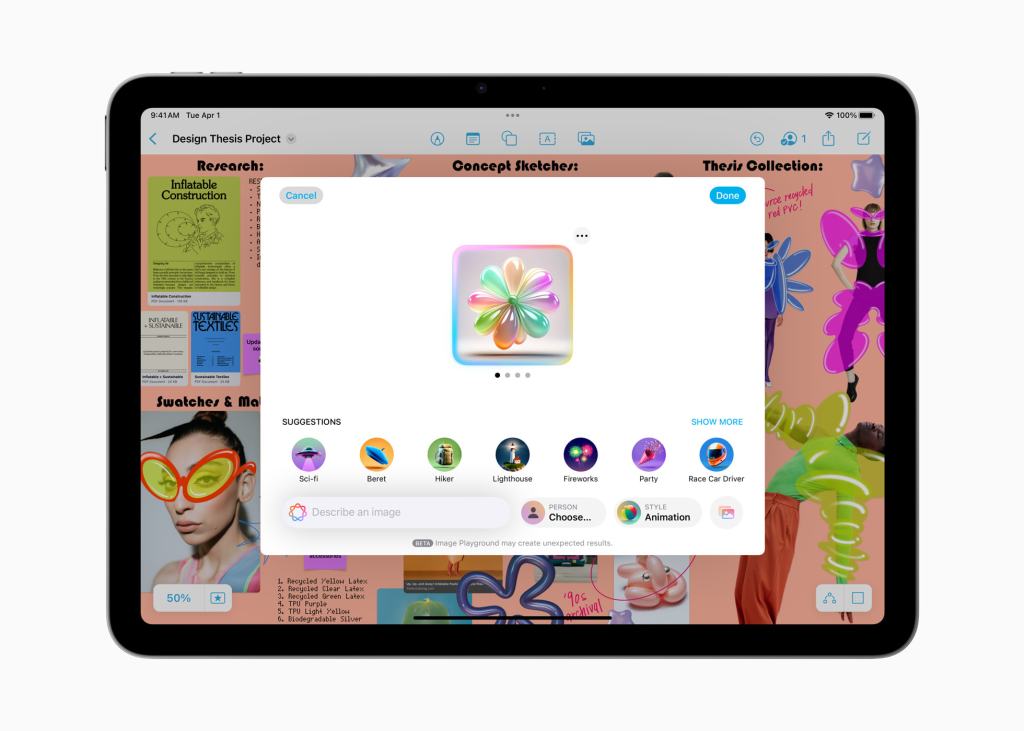
The M3’s CPU has eight cores versus the 11th-gen iPad’s five, and its GPU nine cores versus the latter’s four. And despite Apple’s dog-with-a-bone mentality toward making sure to cram Apple Intelligence into nearly everything, the 11th-gen iPad isn’t compatible with it.
Perhaps the A16 chip just isn’t up to it, as it features 6GB of RAM, and Apple Intelligence is said to require 8GB of RAM at a minimum. Because the Air M3 comes with the required 8GB, it gets the fancy AI.
small differences here and there
Both iPads support the Apple Pencil (USB-C). Only the 11th-gen iPad supports the older first-generation Apple Pencil, which costs more than the former, funnily enough. On the flip side, only the Air M3 supports the fancy Apple Pencil Pro.
Artists who use the Apple Pencil Pro to sketch and create graphics on their iPads may be swayed toward the iPad Air M3 for that reason alone, as the haptic feedback and additional gestures give those who wield the Pencil Pro more control and micromanagement over their drawing.
If using your phone’s hotspot isn’t enough for you when you’re unable to connect to Wi-Fi, you can buy a 5G-enabled version of either iPad, but the Air M3 comes with a slightly upgraded, wider-band Wi-Fi 6E standard, compared to the 11th-gen ipad’s Wi-Fi 6 standard.
If you think you might want 5G connectivity later, you have to buy a 5G-capable version at the time of sale. You can’t add that capability later.
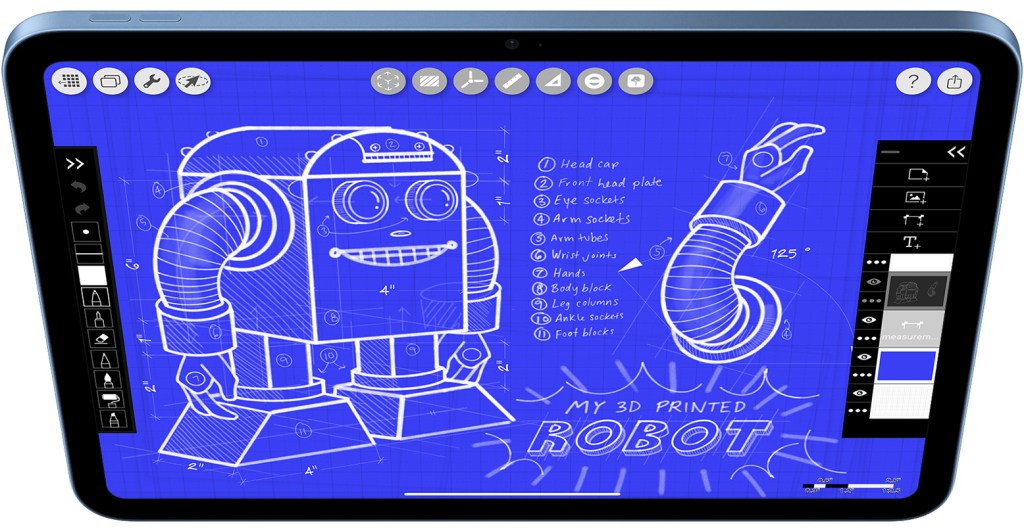
which to buy
Unlike in my MacBook Air M4 vs. MacBook Pro M4 piece, it’s not so easy to declare a winner in this brawl. Both the iPad Air M3 and 11th-generation iPad make a strong case for themselves in their distinguished price brackets.
The iPad Air M3 is a solid choice for somebody who requires a bit more oomph and power. Those who create digital art on their iPads or who do light to moderate photo or video editing are ideal candidates for the Air M3.
They get the more powerful M3 chip, plus the P3 wide-color range that enables a greater range of colors on the display, without having to step up to the $999 iPad Pro, which is for those using resource-intensive apps that really push the hardware.
The Air M3’s $599 price point is also attractive for those who may not absolutely need to squeeze every last drop of performance out of their iPad’s chip, but who wish for more future-proofing and who nonetheless enjoy a bit of extra speed for day to day tasks.
One major caveat that could be the deciding factor for you: If you want more screen real estate, then your only option is stepping up to the 13″ iPad Air for $799.
If all you do on your tablet is browse the internet, stream movies, read ebooks, check email, and FaceTime, then you’ll be a-ok with the 11th-gen iPad. It’s more than powerful enough to handle these lightweight tasks. It may be inexpensive, but it isn’t cheap, if you get what I’m saying.
More
From VICE
-

De'Longhi Dedica Duo – Credit: De'Longhi -

We Are/Getty Images -

Photo by tang90246 via Getty Images -

Credit: SimpleImages via Getty Images

